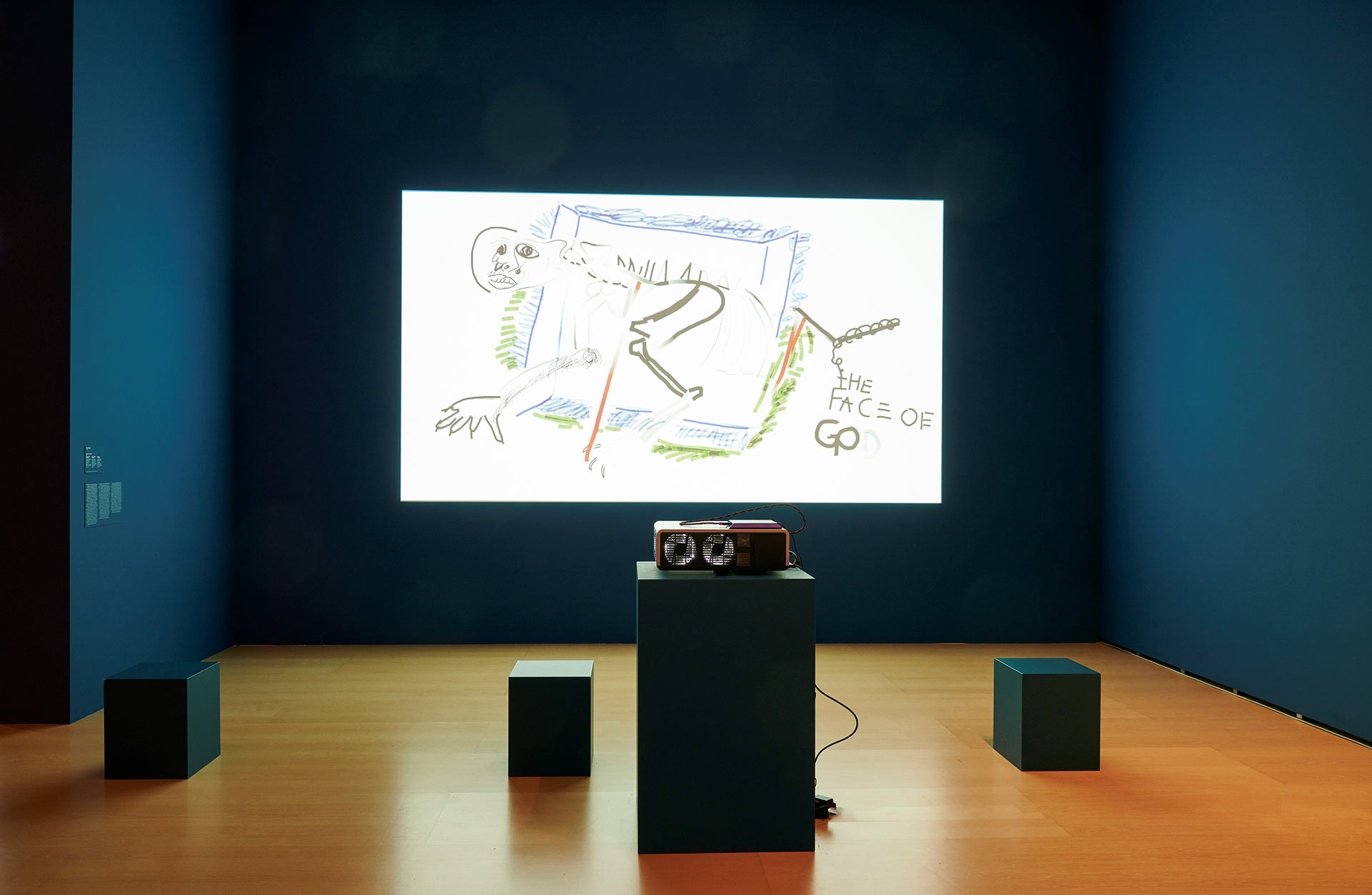New Ways of Seeing
Gallery 207
When we talk of ‘new ways of seeing’ we tend to think of the 1970s, when television sets became commonplace in western households. Yet back in the 1920s, speed, which manifested itself in the form of increased mobility (the motor car), newmethods of factory working (the assembly line), and new ways of transmitting information (the radio), was already fundamentally transforming how people looked at things. Film and photography—two disciplines that, hitherto, art had largely disregarded—gained increasing recognition and became more and more experimental. The feuding between proponents of ‘representational art/New Objectivity’ on the one hand, and ‘abstraction/Constructivism’ on the other came to an end, or was at least suspended, until the early 1930s. In 1920 director Walter Ruttmann noted a new affinity for the curve: “The specific character of time is primarily dictated by the tempo of our age. […] Thus the object of our observation now is the development over time and the physiognomy of the curve, which is in a constant state of becoming, and no longer the rigid juxtaposition of individual points.” The boldest experiments in photography came from Man Ray and László MoholyNagy, as attested by the exhibition Film und Foto (‘FiFo’), which MoholyNagy cocurated and which, after opening in Stuttgart in 1929, travelled via Zurich to Berlin, Danzig, Vienna, Zagreb, Munich, Tokyo, and Osaka. The primary importance of this exhibition is that it was the first to present film and photography side by side—a parallelism that today, in an age of ubiquitous smartphones, seems entirely self evident.


